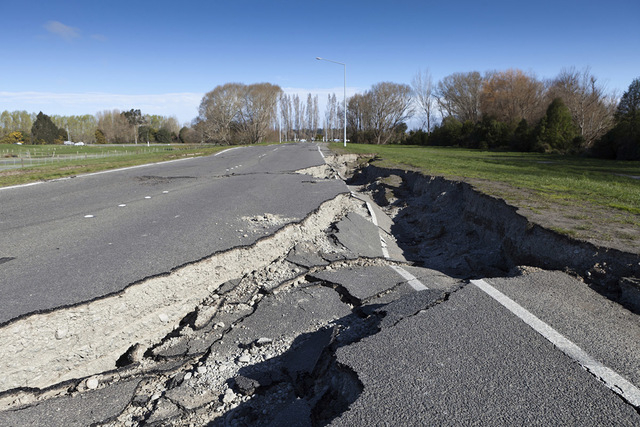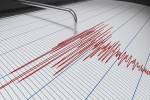Scientists say animals can predict earthquakes weeks in advance
LONDON — Wild animals can predict earthquakes several weeks before they strike, and motion-activated cameras that track their movements could be adopted in quake-prone countries as an affordable early warning system, scientists said on Tuesday.
Scientists using a series of cameras in an Amazon region of Peru noticed changes in animal behavior three weeks before a 7.0 magnitude quake hit the area in 2011, according to a study published in the journal Physics and Chemistry of the Earth.
In a 23-day period before the earthquake, scientists recorded five or fewer animal sightings a day, compared with five to 15 sightings per day previously.
For five of the seven days immediately before the quake, no animal movements were recorded, which was highly unusual for the mountainous rainforest region, the study’s authors said.
Scientists have long believed that animals can predict earthquakes, but have until now relied on anecdotal evidence of changes in animal behavior, they said.
Rachel Grant, lead author of the report and lecturer in Animal and Environmental Biology at Britain’s Anglia Ruskin University, said the study was the first to document a fall in animal activity before an earthquake.
“Animals have the potential to be reliable forecasters of earthquakes and could be used alongside other monitoring systems,” Grant told the Thomson Reuters Foundation.
“The system could be used in developing and earthquake-prone countries, it is affordable and feasible to implement as it just requires someone to monitor animal behavior… there is no need for satellites.”
The study recorded changes in the atmosphere two weeks before the earthquake, changes that originated from the earth’s surface when it was subjected to increased stress in the build-up to the quake.
These changes can lead to elevated serotonin levels in the bloodstream and have side-effects on animals and humans, such as restlessness, hyperactivity and agitation, the study said.
A particularly large fluctuation in the atmosphere surrounding the epicenter was recorded eight days before the Peru earthquake, coinciding with a significant decrease in animal activity, the study found.
While the change in atmosphere affected all species of animals in the rainforest, rodents, which started disappearing eight days before the earthquake, were the animals most sensitive to the seismic activity, Grant said.
“With their acute ability to sense their environment, animals can help us understand subtle changes that occur before major earthquakes,” report co-author Friedemann Freund said.
“These changes, that we are now able to measure, express themselves in many different ways at the earth’s surface and above,” said Freund, a senior research scientist at the SETI Institute, a California-based scientific research body.




























